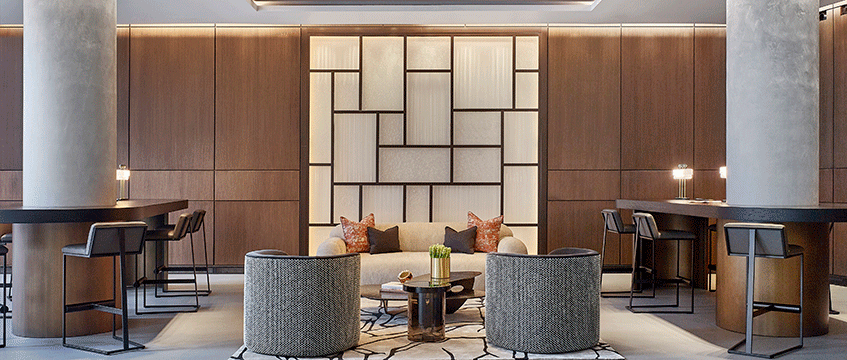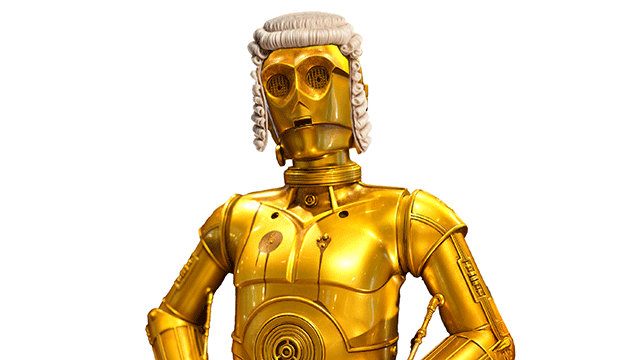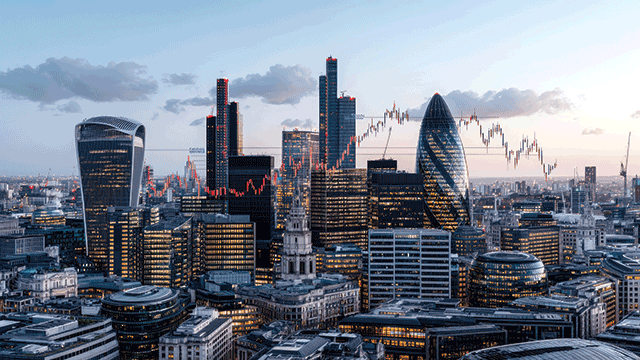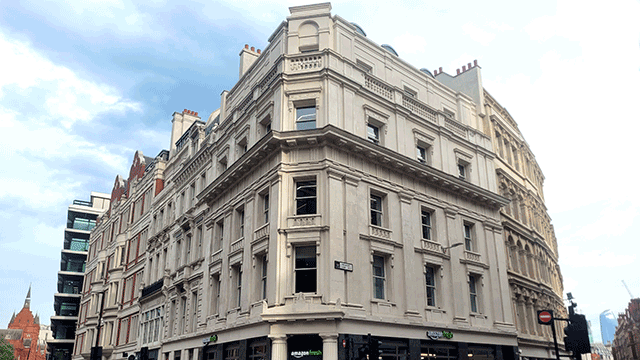COMMENT A recent Google search of the phrase “future of office” returned more than 6m results. It’s the topic on the lips of business owners, landlords, architects and of course, interior designers like myself and the team at MAWD.
The evolution actually began more than a decade ago, with the big tech firms paving the way in providing second-to-none experiences for their employees during the working week, getting the wheels turning on a movement that’s now known as “hotelification”. The past two years have made the need for this evolution more urgent, as well as teaching us that the future of offices isn’t about spaces – it’s about people.
Generational change
The “hotelification” of office space is not just about transferring a hospitality or hotel aesthetic into a corporate environment. It’s vital that we think about the businesses and people we are working with. Detailed research into the types of tenants, people and guests expected should be put front and centre in any design process. Offices must be designed with an in-depth understanding of the audience and an awareness of the different demographics of the modern workforce. Interpreting the wants, needs and aspirations of these audiences in design is key to attracting and retaining the best tenants.
Research shows that Gen Xers, like myself for instance, born between 1965 and 1980, are the original trailblazers of “work-life balance”. We tend to value flexible workplaces that facilitate strong professional connections and help create a well-balanced approach to working life. Millennials (born 1981-1996) are famously socially and globally conscious, valuing offices as a place to collaborate and gain accessibility to experiences and networking.
Meanwhile, Gen Z (born after 1996), the generation of new talent entering the workplace, are typically digital natives with a holistic view of wellness, capable of working from anywhere.
To truly “hotelify” office space, we need to understand these demographics and go further by creating what we call a “persona-led approach”. Indeed, hospitality brands have been thinking about the guest experience for many years, taking the utmost care to cater to their needs accordingly. If you really want to create “employee experiences”, the same approach should be applied to commercial space. An understanding of the type of people who will spend time in an office space – the different generations, personas and backgrounds that make up an organisation – is vital in delivering long-term appeal.
Rethinking receptions
Perhaps most crucial to creating this experience in office design is activating the point of entrance. No longer just a reception, how people arrive in a space sets the tone for what’s to come. There is an opportunity to engage tenants and guests immediately by rethinking that point of entrance. In our designs, the lobby or entrance area is a fully activated space that speaks about the community in the building – a space where people can gather to work or socialise, rather than just being a conduit to your desk. It’s time to blow out bland, reception-focused lobbies and instead create a buzzy, user-driven welcome from the moment of arrival.
A prime example of true “hotelification” in action is MAWD’s workspace design for 60 London Wall (pictured), a substantial mixed-use commercial and retail development located in the City of London. With more than 325,000 sq ft of office space, we prioritised a refined industrial aesthetic which reflected the target audience – established companies alongside next-generation creatives. With a club style lounge, library tables and comfortable seating arrangements, the design of the space around the full height atrium and sophisticated lobby area is flexible enough for holding casual meetings and breakout sessions as well as events and pop-ups.
As the hotelification movement grows, office design that puts the persona-led needs of the tenant first will ensure that commercial property portfolios and assets retain financial sustainability and longevity. The world has moved on, and it’s time for offices to keep pace.
James White is co-founder of MAWD











